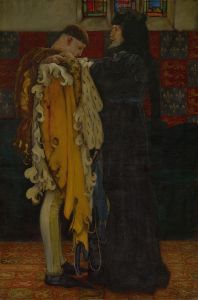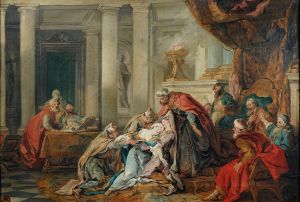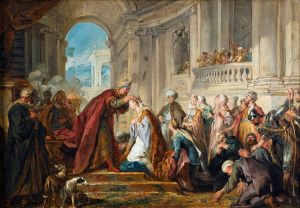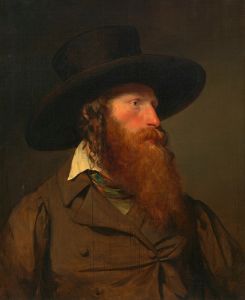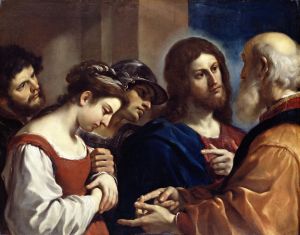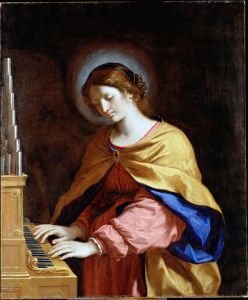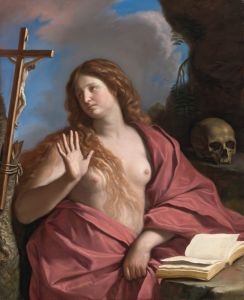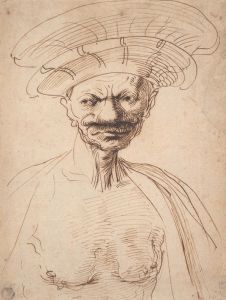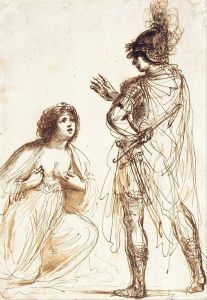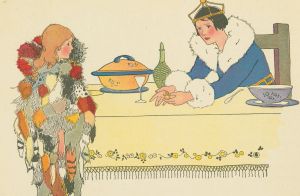
Esther before Ahasuerus
A hand-painted replica of Guercino’s masterpiece Esther before Ahasuerus, meticulously crafted by professional artists to capture the true essence of the original. Each piece is created with museum-quality canvas and rare mineral pigments, carefully painted by experienced artists with delicate brushstrokes and rich, layered colors to perfectly recreate the texture of the original artwork. Unlike machine-printed reproductions, this hand-painted version brings the painting to life, infused with the artist’s emotions and skill in every stroke. Whether for personal collection or home decoration, it instantly elevates the artistic atmosphere of any space.
"Esther before Ahasuerus" is a painting by the Italian Baroque artist Giovanni Francesco Barbieri, known as Guercino. This artwork is a representation of a biblical scene from the Book of Esther, which is part of the Hebrew Bible and the Christian Old Testament. The painting depicts the moment when Esther, the Jewish queen of the Persian king Ahasuerus (commonly identified as Xerxes I), approaches the king to plead for the safety of her people.
Guercino, born in 1591 in Cento, Italy, was a prominent figure in the Baroque art movement, known for his dynamic compositions and expressive use of color and light. He was a prolific artist whose works were highly sought after during his lifetime. "Esther before Ahasuerus" is one of his notable works that exemplifies his skill in capturing dramatic narratives and emotional intensity.
The painting illustrates the pivotal moment when Esther, risking her own life, enters the king's presence uninvited to reveal the plot against her people orchestrated by Haman, the king's advisor. According to the biblical account, Esther's courage and eloquence ultimately lead to the king's favor and the salvation of the Jewish people.
In Guercino's depiction, Esther is shown in a state of emotional vulnerability, yet with a sense of determination. The composition is carefully arranged to highlight the tension of the scene. Esther is often portrayed with a fainting gesture, emphasizing her bravery and the gravity of her mission. The king, Ahasuerus, is depicted with a gesture of surprise or concern, reflecting the unexpected nature of Esther's appearance and her plea.
Guercino's use of chiaroscuro, a technique characterized by strong contrasts between light and dark, enhances the dramatic effect of the scene. The lighting draws attention to Esther's figure, making her the focal point of the composition, while the surrounding figures and setting are rendered with a softer focus. This technique not only adds depth to the painting but also underscores the emotional intensity of the narrative.
The painting is a testament to Guercino's ability to convey complex human emotions and interactions through his art. His attention to detail, particularly in the rendering of fabrics and facial expressions, adds to the realism and immediacy of the scene. The artwork reflects the Baroque era's fascination with dramatic storytelling and the exploration of themes such as courage, faith, and divine intervention.
"Esther before Ahasuerus" is housed in the Royal Collection, having been acquired by Charles I of England in the 17th century. The painting's presence in the collection highlights the international appreciation of Guercino's work and the enduring appeal of biblical themes in art. Through this painting, Guercino not only captures a significant biblical event but also invites viewers to reflect on the timeless themes of bravery and advocacy in the face of adversity.





